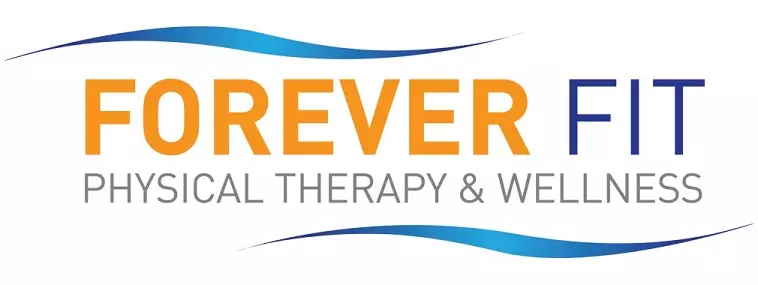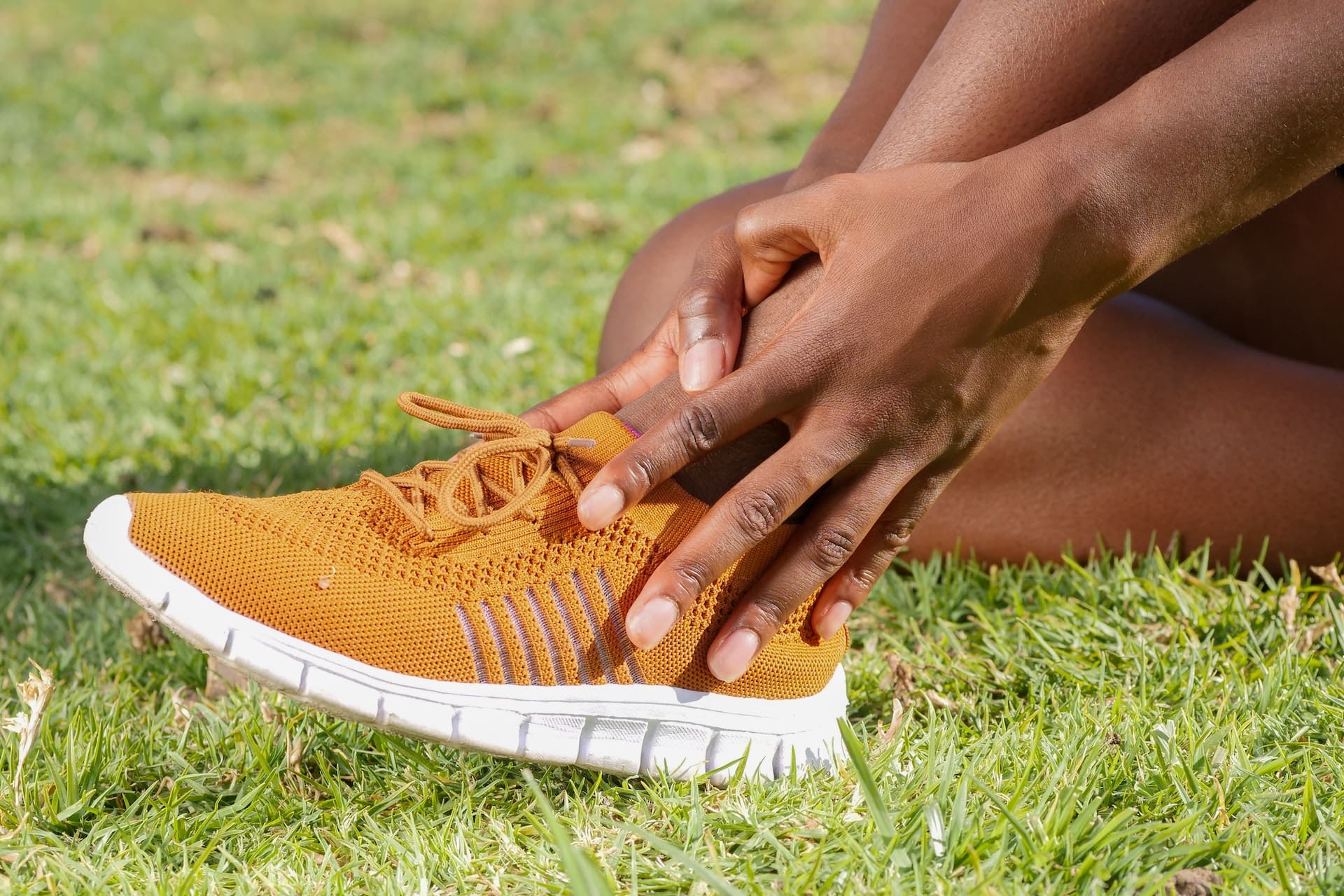There are more than 200 bones in the human body, with each foot having 26 alone. There’s also a type of bony growth that can grow on top of the foot, leading to symptoms that can interfere with mobility. If you’ve developed a bone spur, one of the first courses of action you can turn to is physical therapy.
A bone spur is a growth that can develop on the edge of your bone. Also called osteophytes, bone spurs can form hard bumps underneath the skin. You can develop a bone spur on the top of your foot for several reasons, including injury, poorly fitting shoes or osteoarthritis.
While a bone spur doesn’t always cause symptoms, the ones that do can impact a person’s ability to complete their daily movements. Fortunately, the right physical therapy treatments can help make a difference.
4 physical therapy treatments to try if you have a bone spur on the top of your foot
Even though 95% of people will develop bone spurs by the time they turn 70, many people never need to seek treatment, as the growths are often asymptomatic. However, if people do have a symptomatic bone spur on the top of their foot, they may experience pain or tenderness in the area surrounding the growth. The pain may worsen over time, while also potentially causing swelling and redness.
If you have symptoms that stem from a bone spur on top of your foot, it can interfere with your ability to comfortably move around throughout the day. A physical therapist can use a variety of treatments to address the symptoms by not only alleviating the pain, but also helping restore the overall mobility and function of the area.
Here are four physical therapy treatments that can help symptoms of a bone spur on top of the foot:
- Targeted exercises — In physical therapy treatment plans, exercises are often a main component. Your physical therapist can guide you through exercises to strengthen the muscles surrounding the bone joint as a way to provide stability. Strong foot muscles can reduce the risk of placing excessive pressure on the spur due to excessive movements. Your therapist can also show you stretches that target tight muscles that may be placing too much stress on the bony growth, causing pain.
- Manual therapy — When it comes to reducing pain, physical therapists will often try to be hands on as much as possible. For a bone spur on your foot, they will likely use a manual therapy technique called joint mobilization. If you have tight tissue surrounding the growth, it could be interfering with your ankle joint’s range of motion. A physical therapist can gently move the joint in repetitive movements to loosen up tight tissue that might be impacting the bone spur.
- Footwear suggestions — Not only is poorly fitting footwear a potential cause for a bone spur, but it can also worsen the symptoms. If you’re regularly wearing shoes that are too tight or that rub against the growth, it can aggravate the issue. Your physical therapist can suggest footwear or supportive devices that can alleviate the pressure being placed on the spur throughout the day.
- Gait adjustments — It’s likely that you don’t pay attention to how you walk in your day-to-day life, meaning that you may be moving in ways that put excessive stress on the ankle joint, leading to potential pain around your bone spur. Your physical therapist can help you gradually adjust your gait (how your body is positioned as you move) to reduce the stress placed on the area. For example, they can show you how to reduce the pressure on the ball of your foot with every step by slightly rolling your foot outward.
While physical therapy can’t make the growth itself go away, it can help with related symptoms. Surgery is the only way to remove a bone spur, which may be required for people with severe symptoms.
Forever Fit can provide effective physical therapy for a bone spur on top of your foot
Many people can go through their whole life with a bone spur and not have a problem. However, if you have a symptomatic bone spur on your foot that’s interfering with your mobility, PT can help.
At Forever Fit, our licensed physical therapists can help you move through your daily activities with as little pain and discomfort as possible from your bone spur. We’ll create a personalized treatment plan based on the severity of your symptoms as well as your medical history and overall PT goals.
Contact our team today for more information or to schedule an initial appointment.

